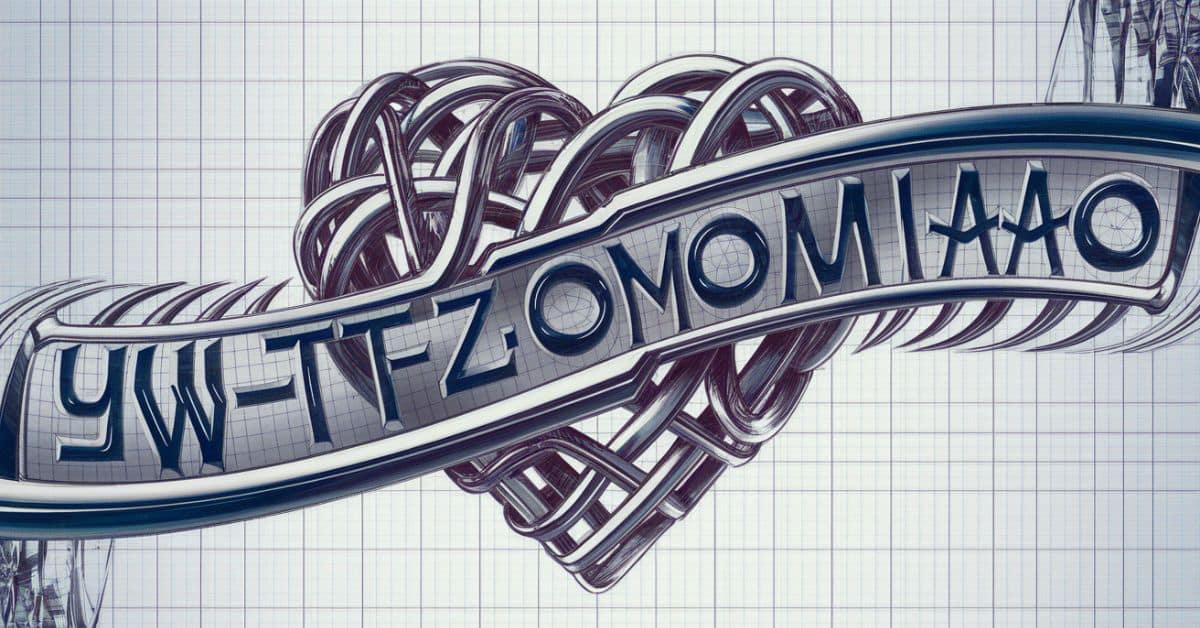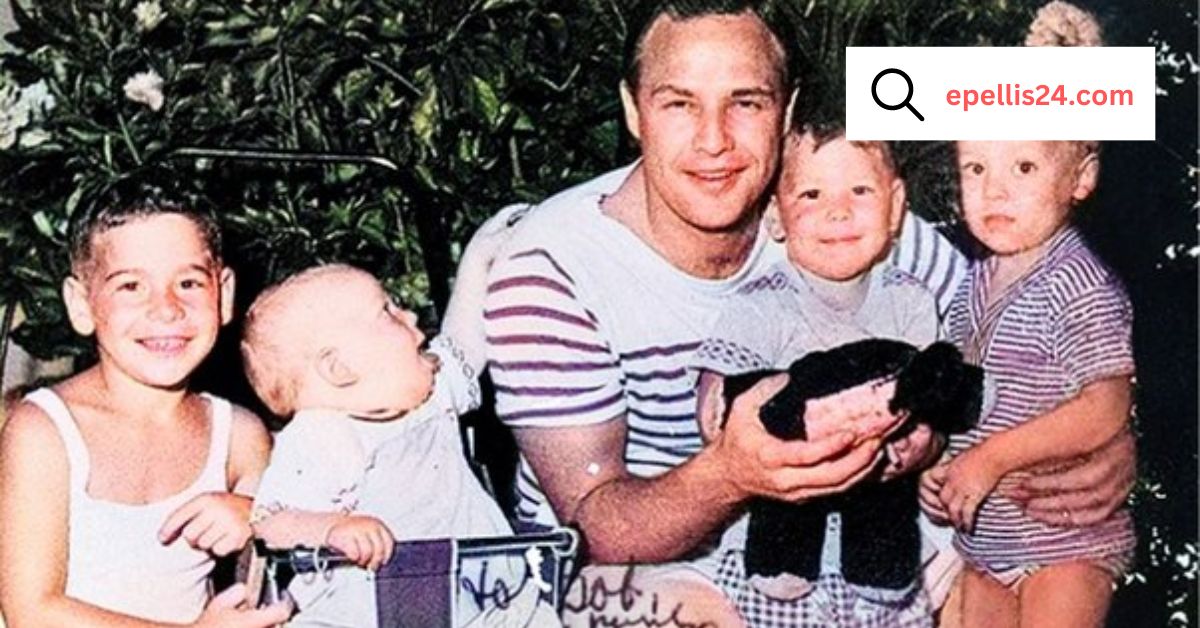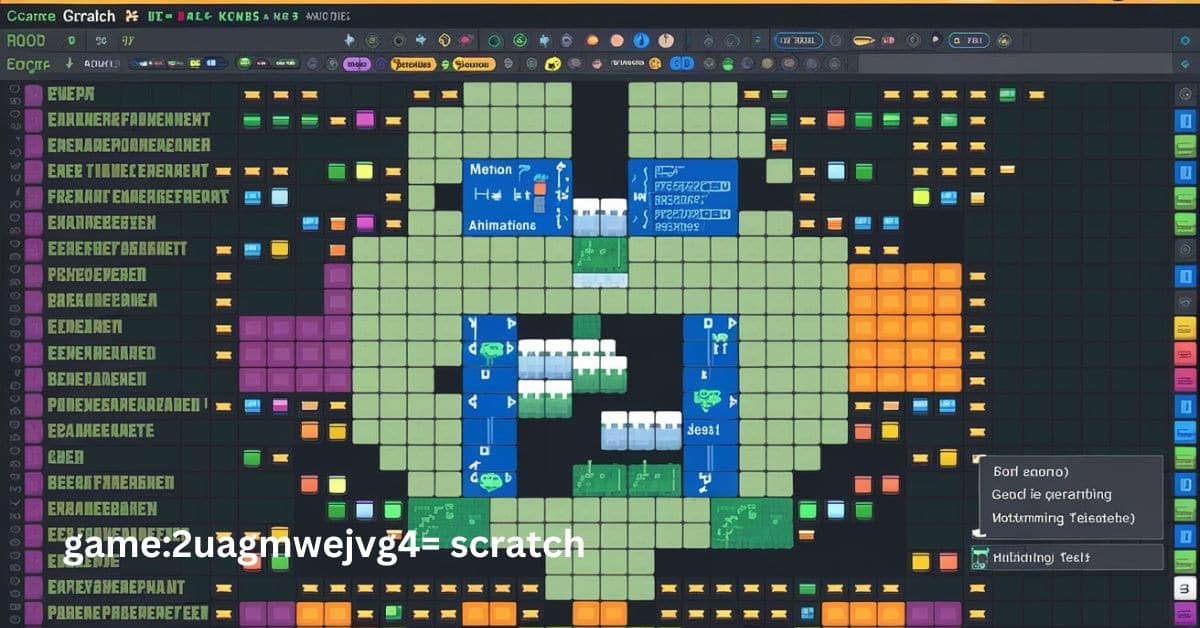“Drawing: yw-tzomiaao= heart” combines the iconic heart shape with cryptographic elements, offering a unique blend of creative expression and mystery that brings layers of complexity to classic designs.
This article explores the unique concept behind “drawing: yw-tzomiaao= heart,” covering cryptographic techniques, artistic styles, and ways to infuse mystery and sophistication into heart drawings.
What Is “Drawing: yw-tzomiaao= Heart”? – Have A Brief Look!
“Drawing: yw-tzomiaao= heart” introduces an innovative approach to art by blending the heart shape with cryptographic elements. The term “tomato” is potentially a cypher or secret code, inspiring artists to embed hidden messages within their drawings. This creates a new visual expression that marries aesthetics with intellectual intrigue. The idea is for artists to manipulate some aspects of the heart shape in ways that communicate a coded message, offering viewers an engaging experience of unravelling the meaning behind the art.
The Symbolism of the Heart in Art – Explore!
For centuries, the heart shape has represented concepts like love, connection, and empathy. Its simplicity allows it to convey strong emotions without complexity, making it accessible to people across cultures. However, in the world of “drawing: yw-tzomiaao= heart,” the heart is more than a symbol of emotion; it becomes a canvas for cryptographic expression, adding layers of intellectual depth to this beloved shape.
Exploring Cryptographic Elements in Art – What It Contains!
Cryptography in art is a fascinating field that combines technical knowledge with creativity. Artists use coded elements, patterns, and hidden messages that require deciphering, introducing a new dimension to their work. Here are some basic cryptographic techniques that can be incorporated into “drawing: yw-tzomiaao= heart”:
- Transposition Ciphers: Rearranging elements of the heart shape to create a secret message.
- Steganography: Hiding coded information within the lines and shapes of the heart.
- Substitution Ciphers: Using different symbols or shapes instead of traditional heart lines to convey hidden meanings.
This integration of cryptographic techniques adds layers to a heart drawing, turning it into an artistic puzzle that viewers must decode.
Techniques for Drawing: yw-tzomiaao= Heart – What To Do!
Artists can experiment with various techniques to keep their work engaging and mysterious when creating a cryptographic heart drawing. Here are a few methods to consider:
Layered Heart Shapes:
Start with a basic heart shape and layer additional shapes or patterns. These layers can include cryptographic symbols or codes that viewers need to decipher, adding a sense of depth and complexity.
Symbolic Patterns:
Integrate symbols with hidden meanings by combining letters, numbers, or cryptographic codes within the heart. For example, you could use shapes that represent binary or Morse code.
Colour-Coding as Ciphers:
Different colours can represent different meanings or messages within the heart shape. For example, each colour could correspond to a letter or number, creating a visual cypher.
Embedded Text and Hidden Messages:
Artists can subtly integrate words or phrases within the drawing, using fonts, textures, or patterns to embed messages. Viewers may need to look closer to decipher these elements.
Step-by-Step Guide – Creating Your Cryptographic Heart Drawing!
Follow these steps to create your own “drawing: yw-tzomiaao= heart” that incorporates cryptographic elements:
- Sketch a Basic Heart: Start with a simple heart shape for the foundation.
- Add Layers for Complexity: Gradually add layers to the heart, using different shapes or symbols to create depth.
- Incorporate Codes and Ciphers: Use patterns or symbols such as Morse code or binary to represent cyphers.
- Apply Colors for Visual Codes: Assign different colours to specific elements within the heart, creating an additional layer of meaning.
- Embed a Hidden Message: Include a subtle message, using textures or shading to keep it discreet yet discoverable.
The Artistic and Intellectual Appeal of Cryptographic Heart Art!
What makes “drawing: yw-tzomiaao= heart” so captivating is the interplay of simplicity and complexity. A simple heart becomes a cryptic message, transforming a familiar symbol into a challenging intellectual exercise. This blend of art and cryptography speaks to the viewer’s curiosity, inviting them to interpret and engage with the piece beyond its surface.
Tools and Software for Cryptographic Art Creation – What Is Needed!
Creating cryptographic art doesn’t require advanced tools, but here are some recommendations to help you get started:
- Procreate (iPad): Great for layering, adding symbols, and experimenting with textures.
- Adobe Illustrator: Perfect for intricate designs and creating layered cryptographic symbols.
- Krita: Free digital art software that offers a range of brushes and effects to help embed cryptographic details.
Frequently Asked Questions:
What is “drawing: yw-tzomiaao= heart”?
It is a unique art form that combines the traditional heart shape with cryptographic elements, inviting artists to embed hidden messages within their designs.
What tools do I need to create cryptographic heart drawings?
Popular tools include Procreate, Adobe Illustrator, and Krita, all of which offer features that make it easier to layer and customise your design.
How can I add cryptographic elements to a heart drawing?
To add hidden meanings to your artwork, use transposition or substitution cyphers, colour-coding, and embedded messages within the heart shape.
Why are cryptographic heart drawings unique?
They provide an added layer of intrigue, merging visual art with puzzle-solving and transforming a classic symbol into a mysterious, intellectual artwork.
Conclusion:
“Drawing: yw-tzomiaao= heart” is more than an art form; it explores the mind’s ability to engage with visual beauty and intellectual challenge.
By adding cryptographic elements to a simple heart shape, artists can create visually appealing and thought-provoking works that encourage viewers to look beyond the surface.






